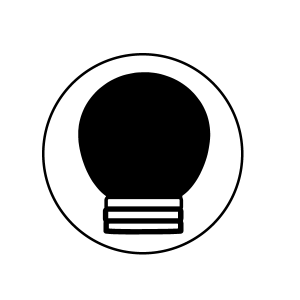Can Design Promote Workplace Happiness and Productivity?
By Amal Amine
Date
November 13, 2018The modern workplace has evolved from the conventional combination of large private offices and high panel cubicles to a more open, collaborative office. According to a JLL report, creating a desirable workplace directly impacts office culture by keeping employees motivated, productive, and happy. This has been confirmed by many other reports such as How to Create a Successful Organizational Culture by Haworth and even in our own findings.
Below are 5 ways in which design influences productivity and happiness in the workplace:

Flexible Workspace Layouts
Workplace flexibility provides employees with a sense of freedom which, in turn, boosts productivity. Having designated spaces for different work modes allow individuals to concentrate best on their work without the distraction of clashing modes. Separate spaces for focus, collaboration, socializing, and learning can be made through modular seating and walls, which also give agency to employees to shape their own environment. This flexibility contributes to a more versatile workplace which results in healthier collaboration and a sense of workplace community.

Lighting
Depending on how a space is lit, lighting can have a positive or negative influence on an employee’s mood or productivity. Light that is too dim or too intense can feel uninspiring and hard to concentrate. Lighting should be seen as an integral part of workplace design and should be designed according to the work at hand. Workplaces that invest in suitable lighting can boost employees moods and add to the ambiance of the environment.
Movement
Congested workspaces can have a negative impact on productivity and creativity. Overcrowded offices tend to restrict movement which can be a stressful and tiring experience for the employee. An office layout that allows employees to move freely can foster collaboration and spontaneous conversations that are not only useful but boost overall moral.

Health
Health is a prerequisite for happiness and productivity. Employers are increasingly making an effort to integrate employee wellness in the workplace. Amenities like wellness rooms, yoga studios, walking tracks and standing desks are all gaining popularity in the workplace. With these additions, workspaces become more inclusive and health-conscious which not only reduces the risk of health issues, but boosts employee happiness.

Biophilic Design
Biophilic design positively impacts human senses and increases productivity. Studies show that office spaces with access to plants are approximately 12% more productive than those who worked in an environment with no plants. Bringing nature inside the office can help in keeping the ambiance of workspace fresh and exuberant as well as reduce indoor pollution and increase oxygen levels.
Amal has worked for 5 years as an interior designer, engaging with diverse clients in a wide range of industries. Fueled by a passion for research and design, she designs through her ability to deliver results based on client driven solutions. With an eye for quality, a superior sense of style, and a client-centered approach to business, Amal has proven herself as an innovative designer and is now a participant in IBI’s inaugural LEAD training program.
IBI Group’s LEAD program is designed to support employees who have the potential and desire to be future leaders within IBI Group; with the goal of assisting participants to learn about themselves, enhance new skills, and develop leadership competencies.








